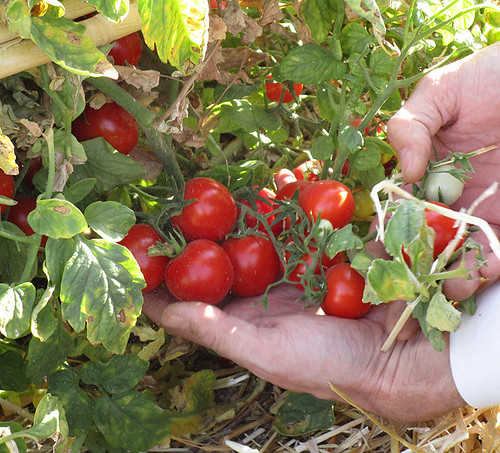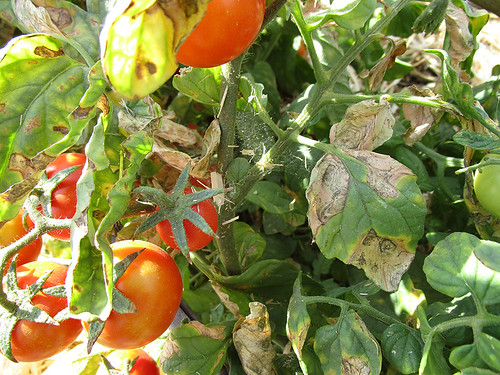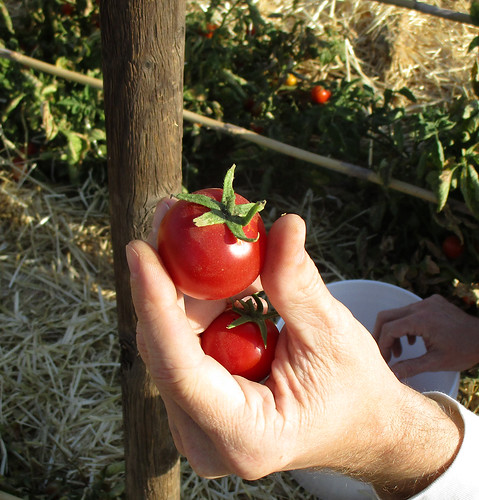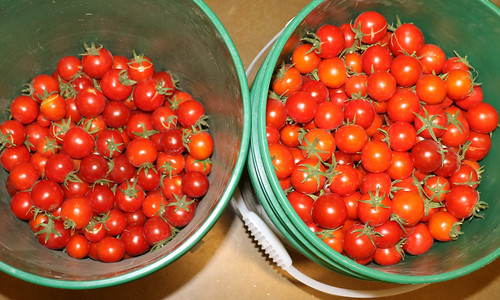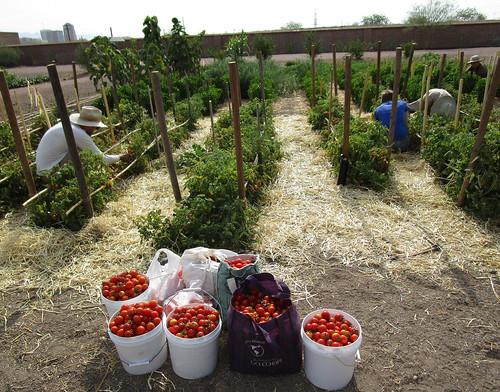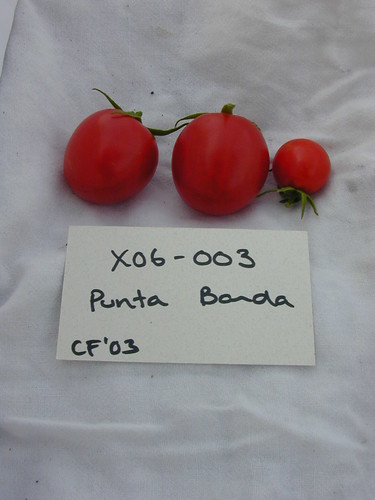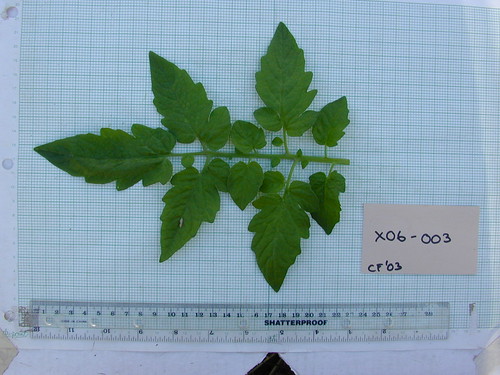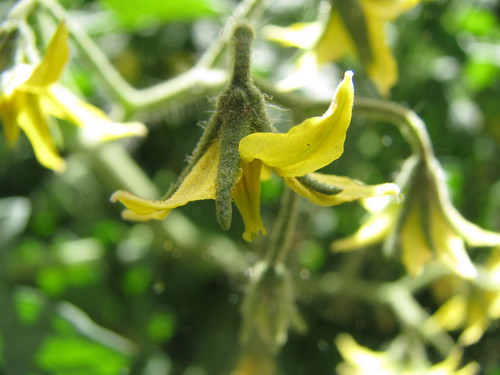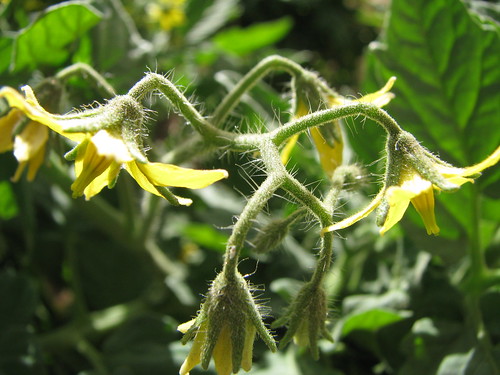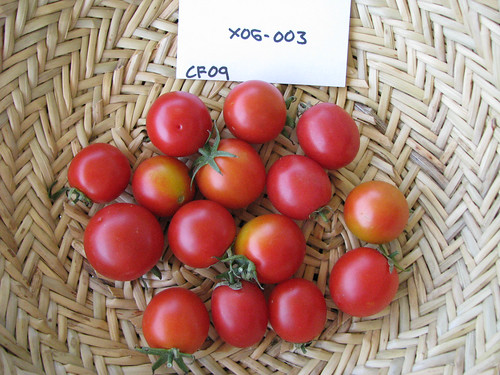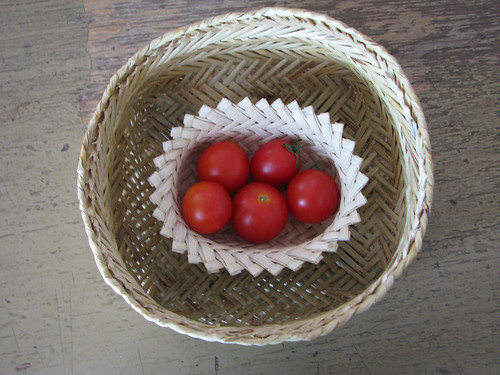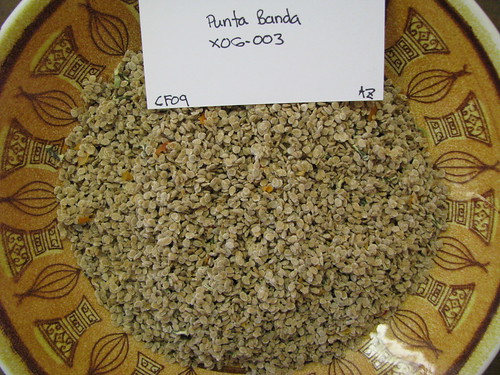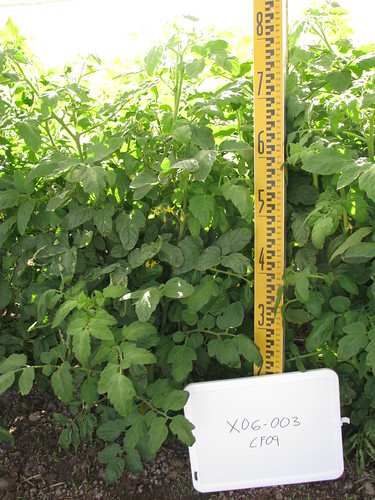ADAPTS
the Adaptive Drylands Agriculture Portal for The Southwest
X06-003
Collection | Availability | Map | Climate | Photographs | Observations | Cultivation & Seed Saving | Feedback
Basic Collection Information and Status
Tomato (Solanum lycopersicum, Solanaceae)
Cultural Affiliation n/aCollection Site Baja California, Mexico (latitude: 32°; altitude: 700 ft / 200 m)
Collection Year 1993
Accession Status Active
Catalog Information and Instructions
Punta Banda TomatoTM007
From the Punta Banda Peninsula in Baja California. Produces meaty, thick-skinned fruits despite heat, water stress and poor soil. Great paste tomato.
Current availability of this variety is summarized below. We encourage the use of these seeds to benefit humanity and strive to facilitate access through a number of channels.
Online Order Native American Free Seed Community Seed Grants Bulk Seed Exchange ? Contact us for current availability.
Academic Researchers ? If you are an academic researcher with an interest in this accession, please get in touch with us. We encourage use of the seeds for appropriate research applications and are committed to protecting the rights of the people and cultures who developed and maintained this diversity and to its continued availability.
Collection Site
The circle in the map below shows the area where this accession was collected (why isn't the precise locality shown
?Precise collection localities are hidden in order to protect the privacy of the original donors of the seeds in the NS/S collection.
). You have not specified a reference site, but you may specify one and rerun your search.The graphs below summarize aspects of the climate for this accession's collection site. You have not specified a reference site, but you may specify one and rerun your search.
Photographs
The Native Seeds/SEARCH digital photo collection for this accession is provided below.
image hosting provided by Flickr — all photos © Native Seeds/SEARCH — please contact us for permission to useCharacterization and Evaluation
There are currently no observational data available for this accession. If you have made observations of this accession and are willing to share them, please contact us.
| Tomato Introduction | Cultivation Instructions | Seed Saving Instructions |
|---|---|---|
| Originally domesticated in the Andean region of South America, the modern cultural and nutritional importance of tomatoes worldwide is difficult to exaggerate. | In the spring, plant seeds directly in the garden 1/4 inch deep, or start indoors and transplant. Allow 15 inches between plants. | Flowers are both insect and self-pollinated, and varieties can cross. To remove seeds, puree ripe fruit with water in blender. Pulp will rise and seeds will sink. |
If you have questions or feedback about this accession or the ADAPTS platform in general, please contact us.

